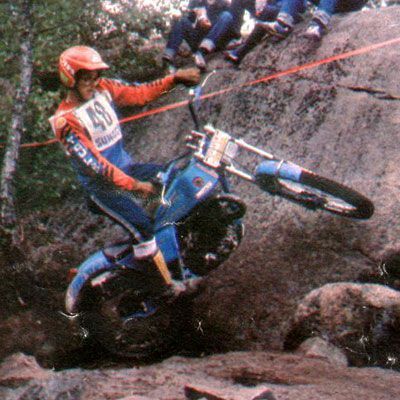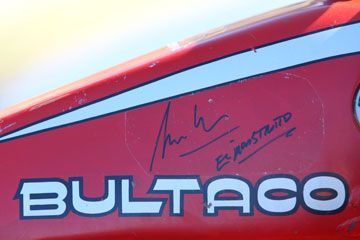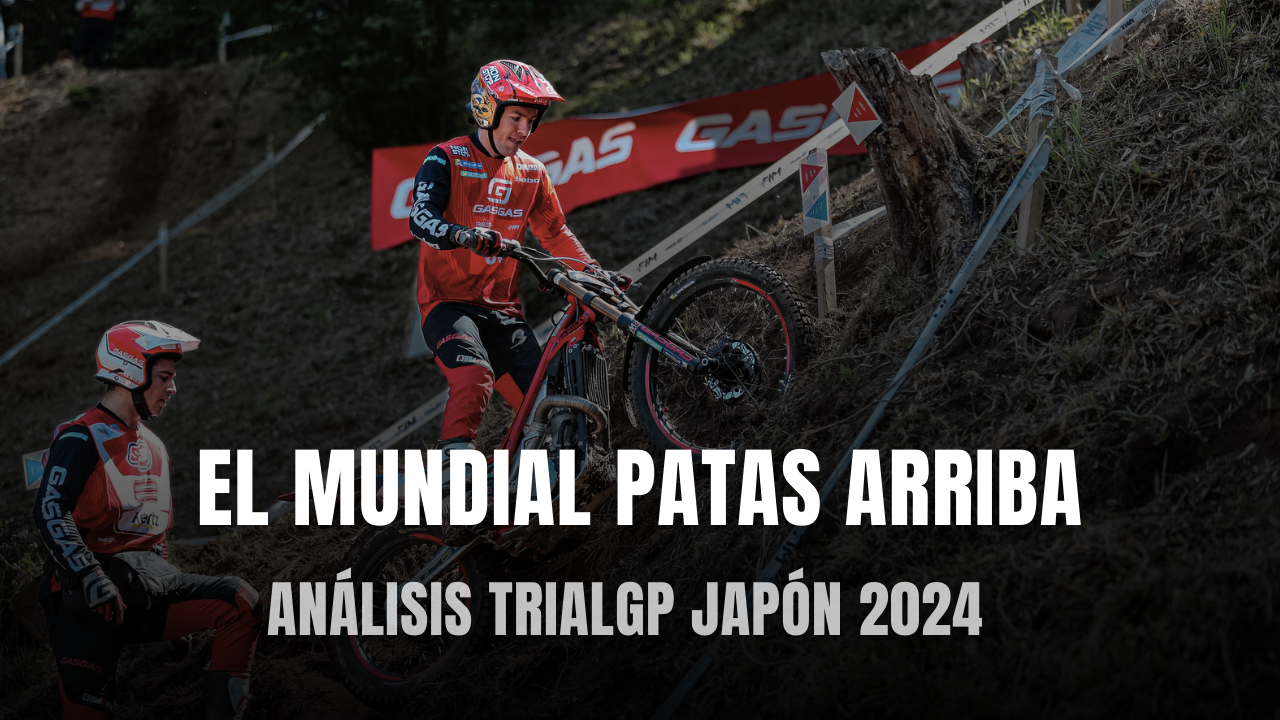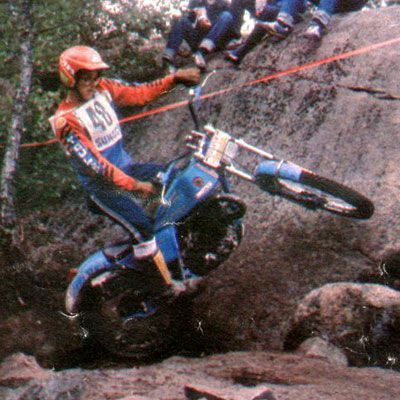
Text: David Quer / Photos: Manuel Soler, David Quer & archive.
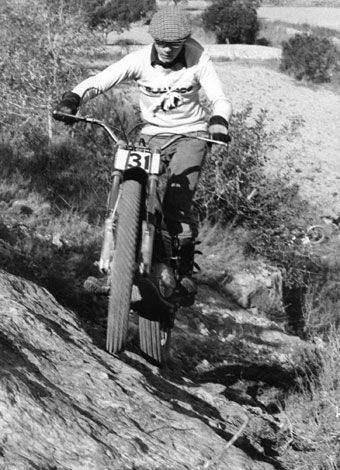
When he was able to drive the Bultaco Sherpa T , he began to compete in official races, but with the number “X” due to his young age. Despite the legal limitations, Manuel proved to all rivals that his innate talent would soon bring him great success. The first feat took place in 1974, proclaiming Champion of Spain without having even reached the age of majority, at only 17 years old. His overwhelming dominance lasted for three more seasons, adding a total of four national titles and the victory that we mentioned earlier in a round of the Trial World Championship (Finland, 1979).
From 1980, pushed by the deep crisis that ended up forcing the closure of Bultaco, Manuel signed for Montesa, where he continued to reap numerous successes in the Trial World Championship, including three great victories, obtained in Spain, Austria and Germany. In 1983 Manuel signed for Merlin, where he continued to compete in national and international events and concluded his brilliant sporting career.
After these lines, you will all know well why Manuel Soler is better known as “el monstruito”, in honor of the great admiration that his trialistic quality always raised and the precocious nature of his great results.
For all this, and much more, it is a real prestige for Trialworld to have Manuel’s words.
Thank you from the bottom of my heart.
From Trialworld we wanted to accompany this interview with a Emotive proof of the BULTACO SHERPA T 350 Mod. 183, better known as the “Manuel Soler” Sherpa.
Don’t forget that you can leave your comment or question at the end of the interview.
TRIALWORLD: After your career as a rider, what have you done professionally?
MANUEL SOLER: From my time as Manager of Honda Taule, through the RFME and as Director of the companies in RPM Exclusivas, Zenit and Racc, of which I am proud, since in all of them I have been able to maintain and develop my experience and knowledge in the world of motoring.
TW: Are you still linked to Trial in any way today? Do you practice it at an amateur level?
MS: I follow it at an amateur level through the press and I practice it very little because of a knee injury that occurred in my years as a professional rider.
TW: We would like to know what bikes Manuel Soler has in his garage today, and if you still have any of the bikes you competed with.
MS: I keep less than I’d like, but I admit that there are some bikes from that time in my garage.
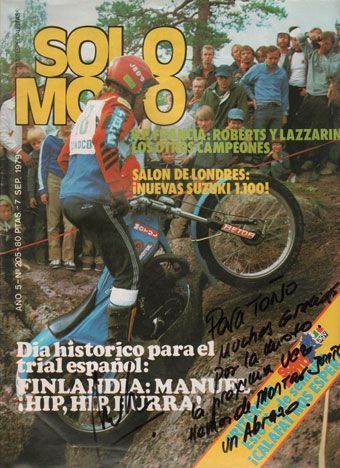
MS: I’ve been a member of the federation and I’m still participating in some classic trial events, but as an exhibition, not on a regular basis.
TW: We know you’ve run some very important ones, like the Two Days of Robregordo. Are the zones that are marked today very different from those that were presented to you when you were a professional pilot?
MS: No, they’re not really very different. You have to think that the drivers who participate in this type of race today are already of a considerable age, so it is normal that the degree of difficulty is somewhat less and the areas are conceived in the context of fun for all fans.
TW: Would you dwell on the role of the Trial Federations?
MS: I believe that federations, as well as brands, clubs, drivers and fans, have a very important role in this sport. The problem is that they talk little, listen less and everyone always wants to be right, but in the truly transcendental no one wants to get wet, so they end up not all parties agreeing. In the end, it is the Federation that decides and, consequently, takes all the blame.
TW: You well know that in the eighties 4-stroke motorcycles took on great prominence, and just like then, now in 2005, but without fully catching on among fans. Is the Trial irremediably intended or conceived to be practiced with 2-stroke motorcycles (at least in production models)?
MS: The Japanese have always been interested in leading the Q4 discourse from an environmental point of view. For my part, I think that with today’s technology, a 2T can pollute the same as a 4T even in noise, but marketing arguments are also an important factor in this war.
From my point of view, a 2T is cheaper in manufacturing and maintenance, that’s why brands are rushing deadlines as much as possible. And so on, until the day they radically ban its manufacture. Personally, I think that the 2T has lost the war because it has not defended its arguments at the time before the administrations, with forceful explanations. Perhaps the Japanese have been more skilled, or have had more money, to maintain their stance and take the cat to the water.
TW: Have you had the chance to ride a modern 4-stroke trial?
MS: Yes, I’ve had the opportunity to do that. I find them very funny, but I needed some time to adapt, as their reactions are very different to a 2T, but on an amateur level it is a very pleasant bike to ride.
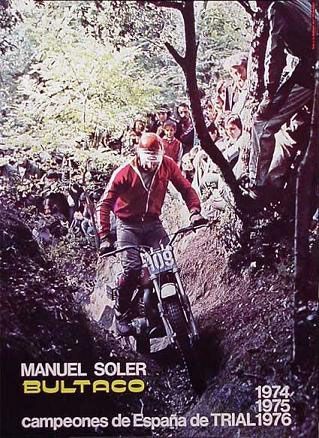
MS: All of them during my stay in the factories. Keep in mind that I was the person in charge of developing such prototypes.
TW: We remember your Sherpas with amazing drills and technical solutions to gain grams on the scale. What weight did you get?
MS: We reached 68 kilos. However, the bike became really undriveable, as we never managed to put the suspensions well regulated, so we ended up discarding it.
TW: Do you have any special anecdotes from racing?
MS: A lot of good ones. I don’t even remember the bad ones.
TW: As a bultaquista, what memories do you have of Don Paco Bultó?
MS: Very good, because in addition to being my family, I knew how to get the best out of each person. I’ll stick with that.
TW: What memories do you have of the Bultaco factory and its employees?
MS: Excellent. It was my second home. Later, however, when the problems with the unions began, things changed radically and very unpleasant moments began.
TW: Regarding the zones, they have been evolving towards greater difficulty. From straights with obstacles to big steps and twisty turns. Can you give us an analysis about that?
MS: I think Indoor Trial has been a bad influence on Outdoor Trial from the point of view of how it’s evolved
or the regulations and the marking of the zones, but not from the dissemination in the press and the pure marketing that surrounds the Indoor Trial.
Likewise, technology in materials has advanced a lot and has made possible things that previously seemed impossible. This has led to the fact that today there are only 15 professionals capable of competing in the elite. In the past, everything was different and everyone felt able to participate. Nowadays the areas have become a “climb” or “not climb”, with what this entails for the enthusiast in terms of personal and economic damage to his motorcycle. This way you don’t enjoy it.
TW: What is your best sports memory?
MS: My first bike, my first Spanish Championship and, obviously, my first victory in a World Championship in Finland ’79.
TW: And another one to forget?
MS: I don’t remember…
TW: Which opponent made things more difficult for you?
MS: They’ve all been tough opponents and they’ve been at a high level.
TW: Any classic riders you admire?
MS: Mick Andrews.
TW: And another current one…
MS: Starting with Jordi Tarrés and all the current ones. I think it’s incredible what you can do nowadays with good hands and a trial bike. I want to make a special mention of Laia Sanz.
TW: What would you propose to improve the complex situation that the dirt bike in general and trial in particular is going through?
MS: A better coexistence between all parties. For that we have to have respect above all, education to continue and know how to apply common sense, which is long overdue today.
TW: You know that Ossa has recently returned to the scene. What do you think of this bet?
MS: I wish you the best of luck in this difficult undertaking at a time when the market is not in its best condition.
TW: Would you be happy if Bultaco did the same?
MS: I’m excited
But there’s a saying that goes, “Second parts were never good.”
TW: If you could lead that hypothetical project with Bultaco, would you build a technically revolutionary bike or would you go for something conservative? Would you include a technical solution that has always been in your head?
MS: I would follow the tradition of the brand. It would be a WINNER.
Manuel Soler
Don’t forget that you can leave your comment about this interview
{bonckowall source=”2″ pkey=”album” pvalue=”dqtrialworld” pvalue2=”MANUELSOLER” }{/bonckowall}
